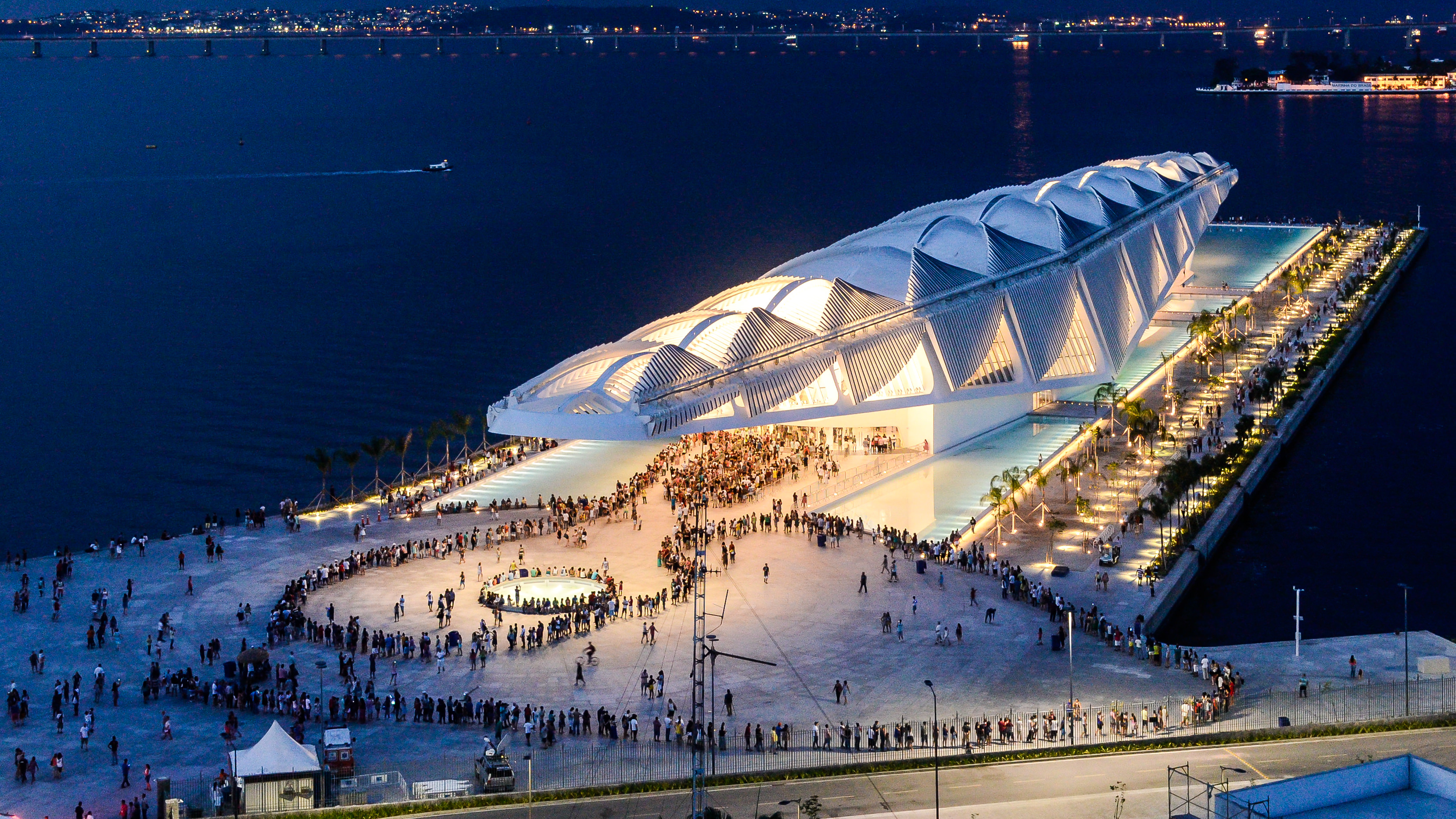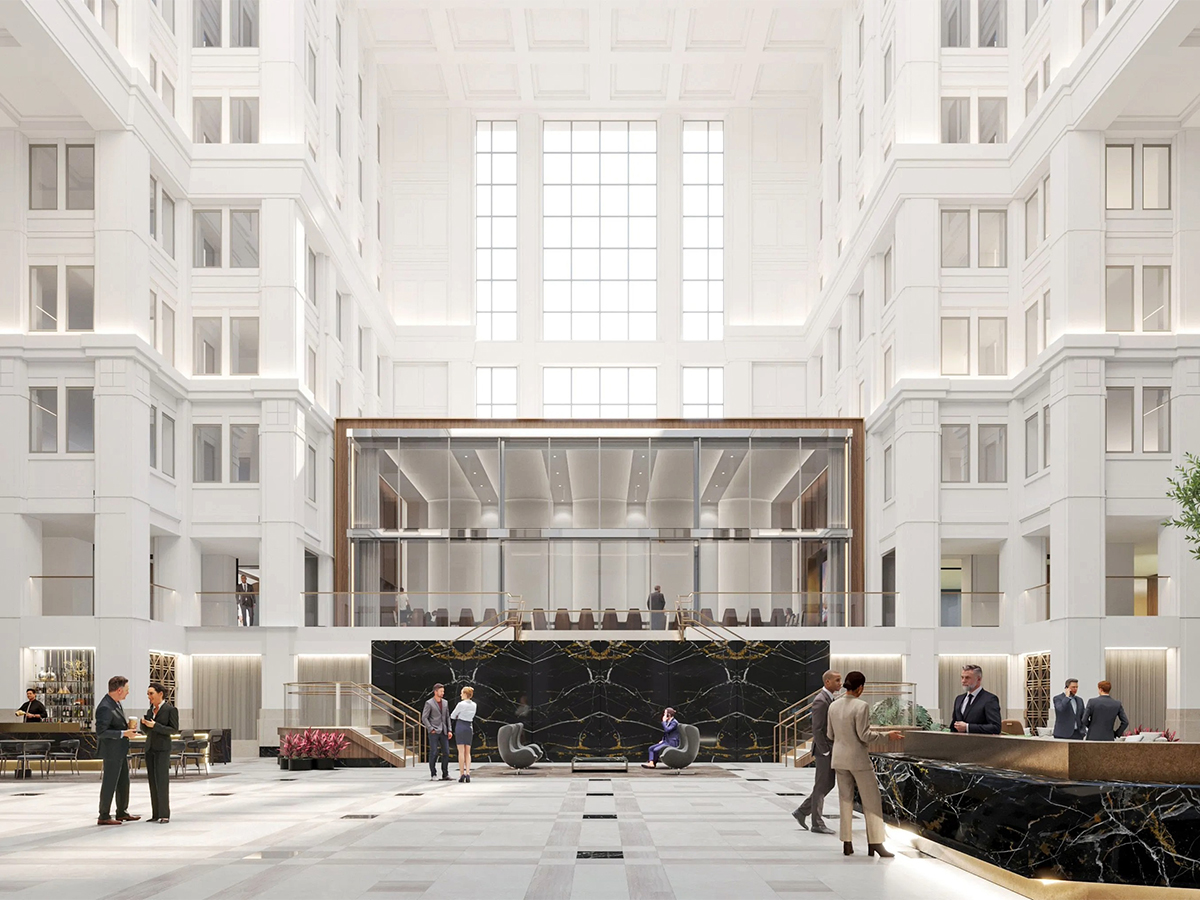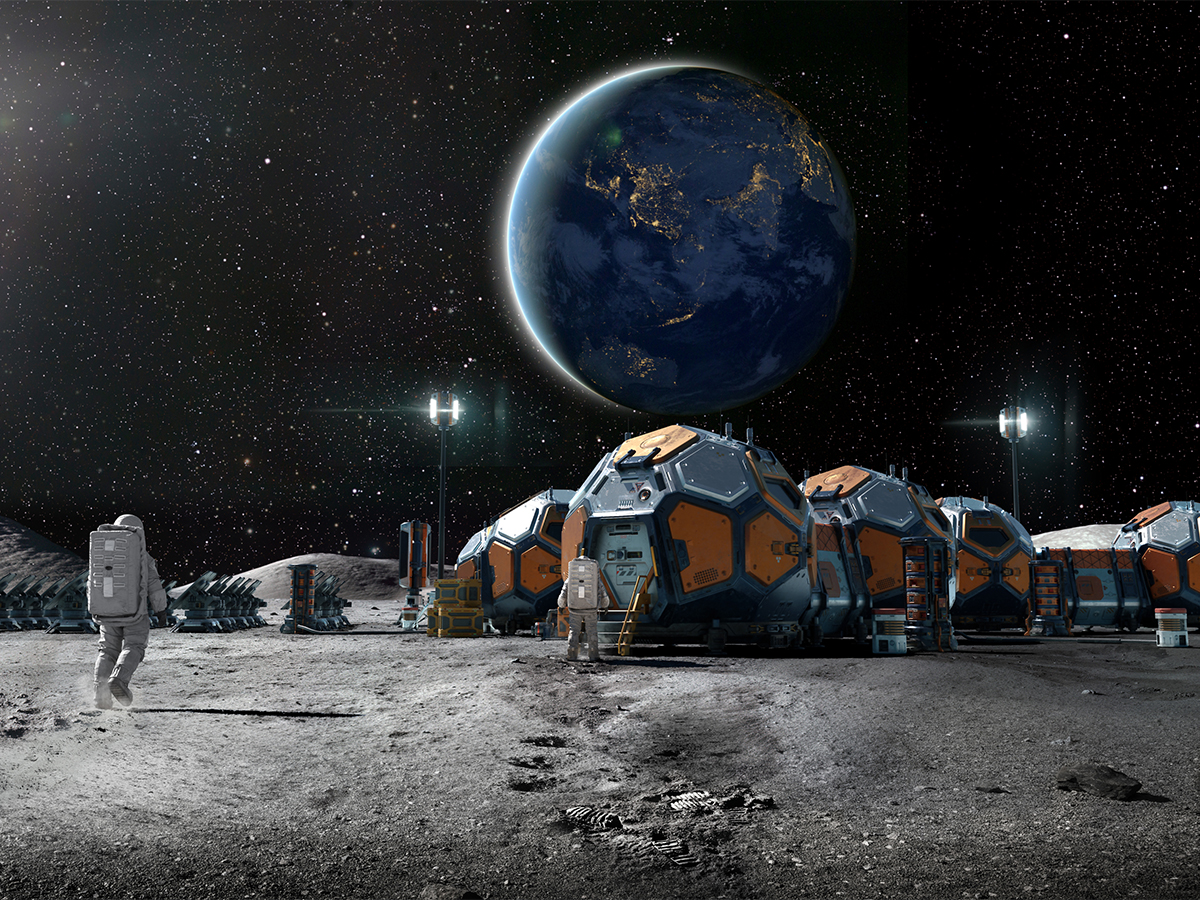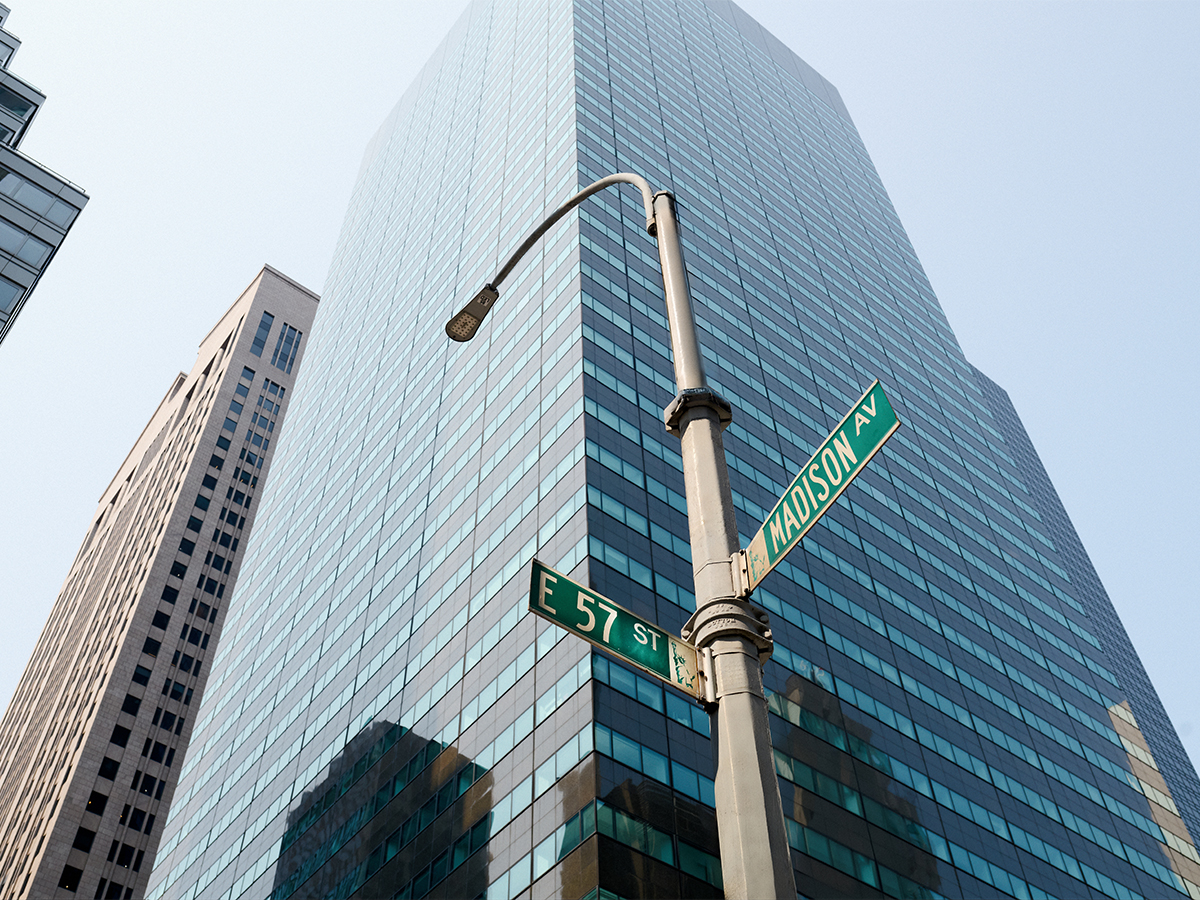Museum of Tomorrow Named ‘Best Innovative Green Building’ at MIPIM
The property is the first Brazilian museum to be awarded LEED Gold certification.
By Anca Gagiuc
Rio de Janeiro—Santiago Calatrava’s Museum of Tomorrow in Rio de Janeiro won “Best Innovative Green Building” from the MIPIM Awards. The development is also the first Brazilian museum to be awarded LEED Gold certification.
The museum’s sustainable components were constructed primarily from local materials and include innovative features such as solar panels that move with the sun to maximize energy absorption, reusable rainwater collection, as well as an air conditioning system that uses water funneled from Guanabara Bay. The result is an estimated yearly savings of 2,536,052 gallons of water and 2,400 megawatts/hour (MWh) of electricity, which is sufficient to power more than 1,200 homes.
Water conservation is especially important among the Museum’s sustainable features. The water in the facility’s washbasins, sinks and showers is treated and recycled, along with the water used to dehumidify the air, which can reach up to 1,000 gallons per day. Consequently, Burle Marx managed the landscape architecture, selecting native species that require a minimal amount of water.
“Architecture and content, location in urban space and integration with the environment, everything in this museum converges to an awareness of how the choices made today by each of us impact on a common Tomorrow. Receiving this recognition is a source of great pride for us, the Roberto Marinho Foundation, and also our partners who have created and take care of this museum, ” said José Roberto Marinho, president of the Roberto Marinho Foundation, an institution linked to the Globo Group and responsible for the design Of the Museum of Tomorrow.
The Museum of Tomorrow opened in December 2015 and was made possible by the City of Rio de Janeiro and the Roberto Marinho Foundation, with sponsorship from Banco Santander Brasil and the BG project.
Image & video courtesy of Roberto Marinho Foundation








You must be logged in to post a comment.